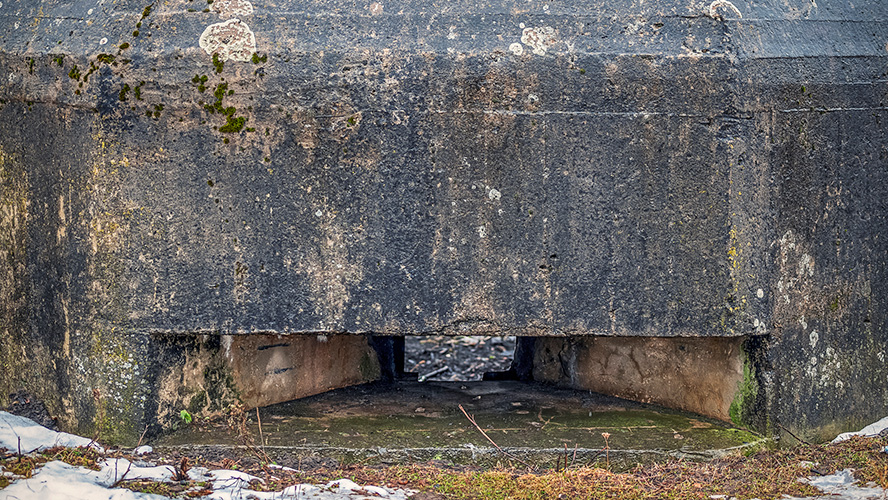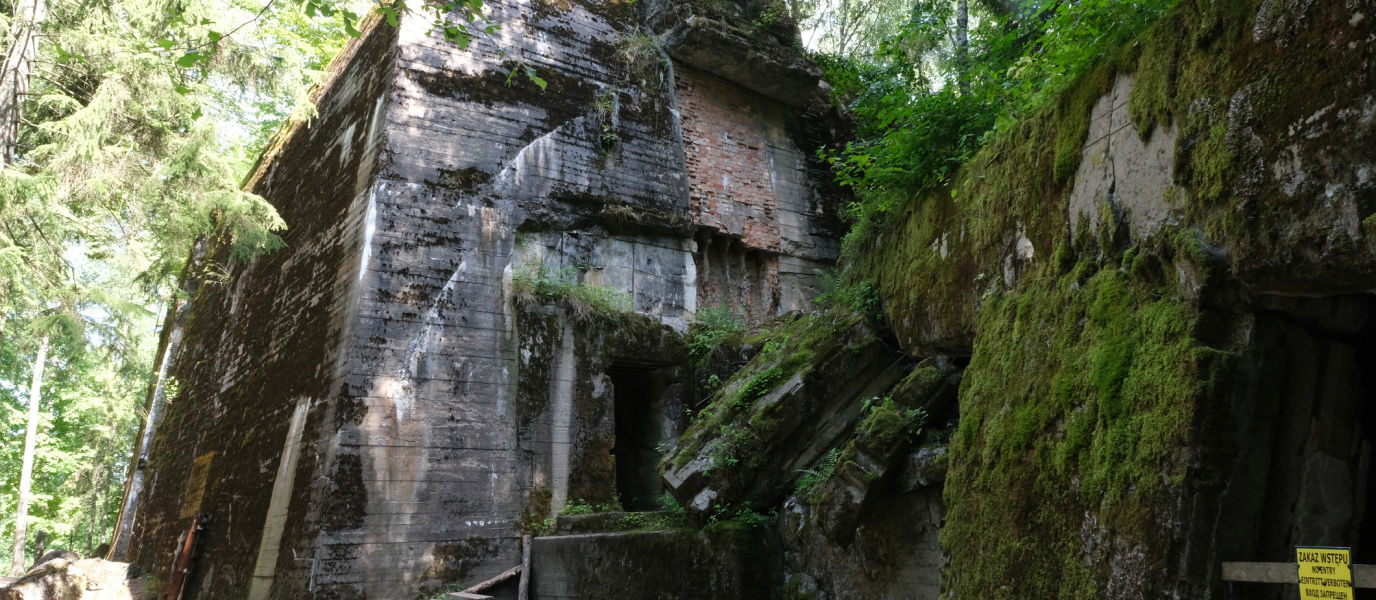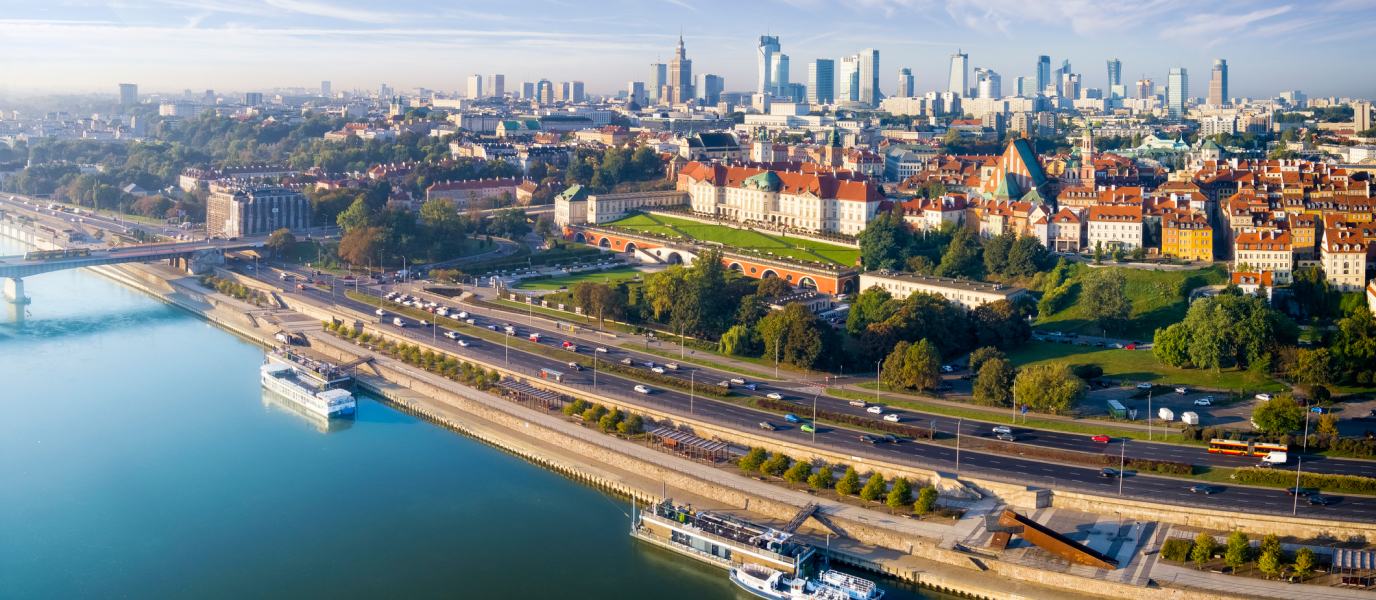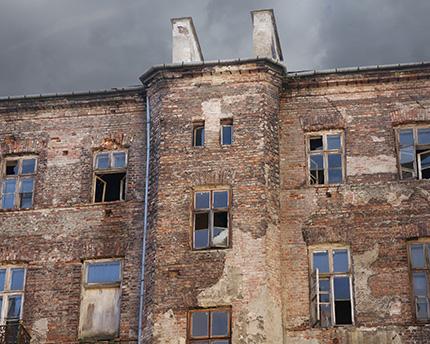In a deep forest in Poland near the Russian border, Adolf Hitler decided to excavate what was to be his lair, the Wolf’s Lair. It was a bunker from where he led the Nazi army safely through most of World War II and where he made his most gruesome decisions. Nevertheless, the Wolf’s Lair was also the place where he came closest to being killed by an assassination attempt.
History of the site
In 1941, Adolf Hitler ordered the construction of the secret bunker where he spent most of his time leading the German troops. The Wolf’s Lair was located in the north of Poland, in the middle of a deep forest, surrounded by lakes and very close to the Russian border, making it a place from which Hitler planned to wipe out the Red Army.
However, it was in its 70 buildings, 50 of them bunkers, where an attempt on Hitler’s life came closest to killing him on 20 July 1944. It was carried out by Claus von Stauffenberg, a member of the conspiracy that had taken place within the German leadership.

In addition to the barracks and bunkers, the Lair had a train station, an airport with two runways, water and electricity. It had maximum protection, with mines and anti-aircraft guns, and the main bunkers, eight of which were occupied by Hitler and his top collaborators, were concrete blocks, with walls more than two metres thick, and no windows.
It was there that Hitler, the SS and the Allies made most of the decisions of World War II since the Nazi leader spent more than 800 days within its walls, some as dramatic as creating concentration camps for Jews.
The site was abandoned in November 1944 with the arrival of the Red Army and it was the Germans themselves who mined the barracks to prevent anything falling into Russian hands.
Tour and what to see
The site of the Wolf’s Lair has its charm because of its inaccessibility, but there are still some bunkers in ruins, giving an idea of what this historic base may have been like and the role it played in World War II.
There are many organised tours in several languages and with a private guide, but you can also go on your own, although access to the site is quite difficult.
Once there, you walk through some of the collapsed spaces, with pieces of steel-wired walls and bunker interiors that are now open to the outside.
There are also several exhibitions on display, including one on the attempt on Hitler’s life on 20 July 1944, another on weapons and military equipment, and a third on the Warsaw Uprising and what it entailed.
Since 2017, the trails to the Lair have been restored, some explanatory signs remind us of the structure of this base, and the projection of a documentary in one of the shelters tells us how it was structured.
Information for visitors (opening hours, etc.)
The Wolf’s Lair is open every day of the year from 8 a.m. to dusk, so the closing time changes according to the time of the year. The entrance fee varies depending on the month, but ranges from five to six euros. In addition, children up to the age of six are free of charge and there are discounts for students and pensioners.
The barracks were divided into three areas, but now only the first, which is where Hitler’s and his collaborators’ bunkers were located, and the second, which is accessible on foot, can be visited. One of the most popular ways of visiting the Lair nowadays is in a vintage armoured car, which must be hired in advance.
A car park has been set up near the site for those travelling there by bicycle, car or motorbike, although there is a charge for this. The same applies to the audio guides on offer. They are available in German, English, Polish, Lithuanian and Ukrainian.

































































